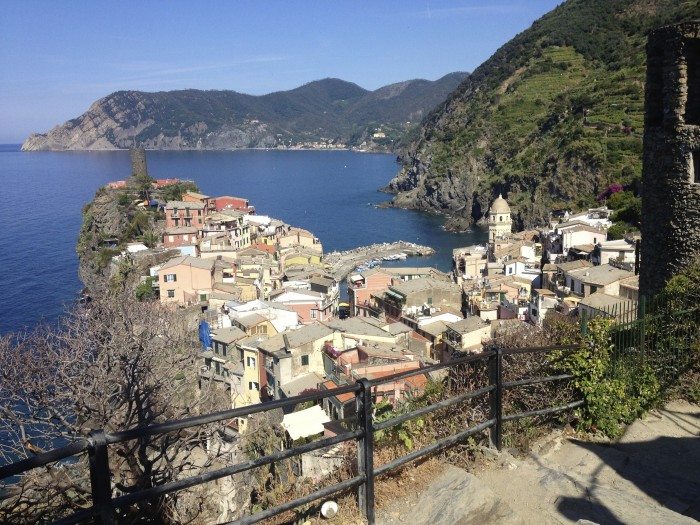Rome's Top Sights
When visiting a city of such historical importance, visiting some of the top "tourist attractions" is a must. Especially when some are thousands of years old. Here are 10 of Rome's top sights.
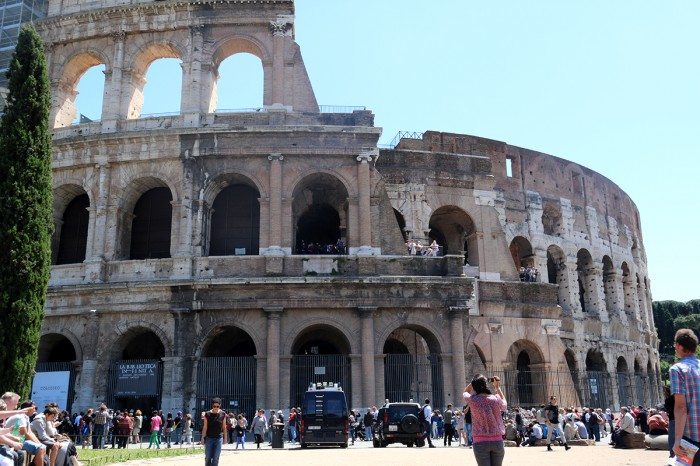
Colosseum
The world's largest amphitheatre, the Roman Colosseum was started way back in 72 AD when Emperor Vespasian commissioned the building of the then called Flavian Amphitheatre. During the Roman times, this amphitheatre served as the centre of entertainment. Starting in 435 AD brave warriors and gladiators found glory and fame while most of the unlucky ones faced the sharpness of death's scythe by losing to wild animals such as lions and tigers.
Now, you can walk where gladiators once walked, seeing first hand the trap holes in the Colosseum floor and holding cells for the animals and fighters. The Colosseum is one of the few attractions in Rome that is accessible to both wheelchairs and strollers with the use of a lift to avoid a flight of stairs.
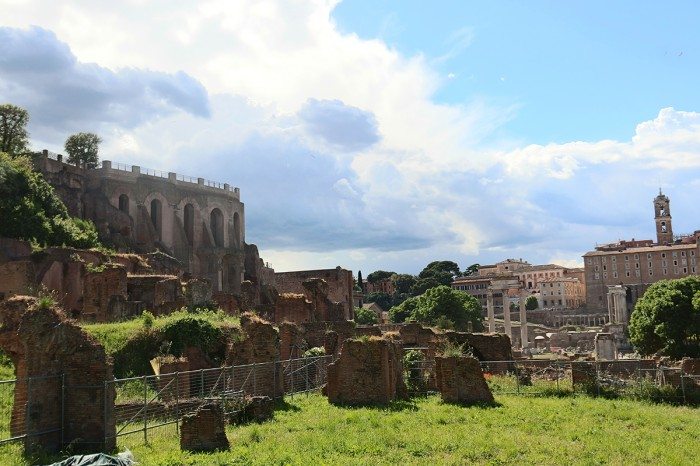
Tip: Buy your Colosseum tickets online and avoid the definitive lineups.
Roman Forum
Roman Forum (Forum Romanum) was the heart of ancient Rome. Romans spent much of their lives in this great square were they shopped, conducted business and the administration of justice took place. Ruins include Basilica Emilia, the only remaining Republican basilica, and the Curia, which was once the seat of the Senate.
Tip: Entry is included with the Colosseum ticket and located next to the Colosseum
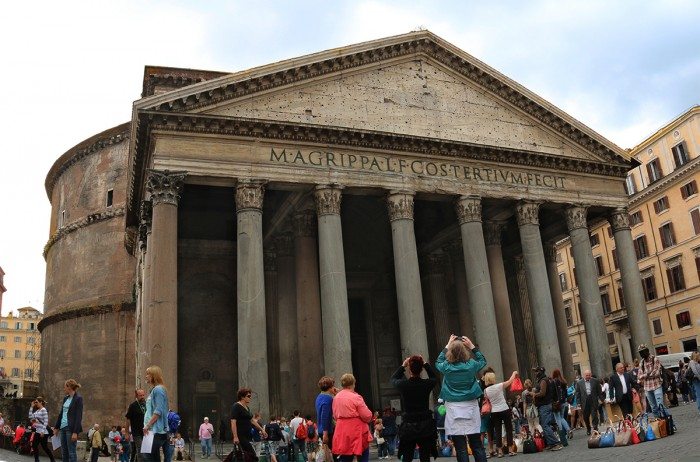
Pantheon
The Pantheon was built during the golden years of the Roman Empire in 27-25 BC. Under the reign of Emperor Hadrian in 125 BC, it was again rebuilt because wars among empires destroyed some parts of the building. The Pantheon was originally built to make a temple for the seven deities of the Romans but it was converted into a Christian Church in 7th century.
Inside, coloured marble decorates the floor and walls. Look up to see the world's largest unsupported dome.
Tip: Free to enter
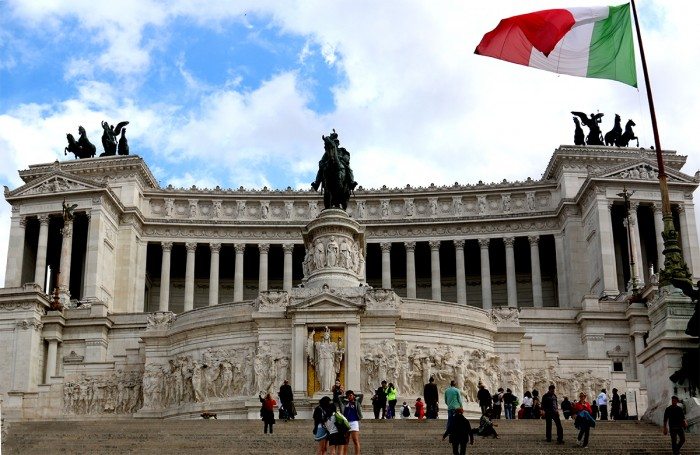
Monument to Victor Emmanuel II
This enormous white marble building dominates Piazza Venezia and was constructed with the sole purpose of dedicating it to the memory of King Victor Emmanuel II, the first king of a united Italy. As you climb the broad flight of stairs of the monument, you will see a two-man guard flanking the equestrian statue of Victor Emmanuel. Below is the tomb of the Unknown Italian Soldier of World War I.
Tip: Free to enter the sight
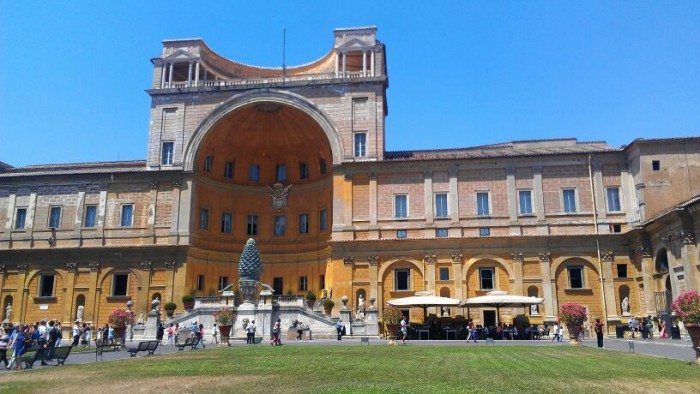
The Vatican
Vatican museums contain one of the world's greatest art collections, gathered by the popes over the past centuries.
It started back in 1503- 1513 when Pope Julius II collected a group of sculptures. The place that was called Cortile Ottagono is within the museum complex and is where Pople Julius II placed the collection. They wanted to promote knowledge of art, history and culture, leading them to open the art collections to the public. The Vatican Museums are composed of different galleries and pontifical museums.
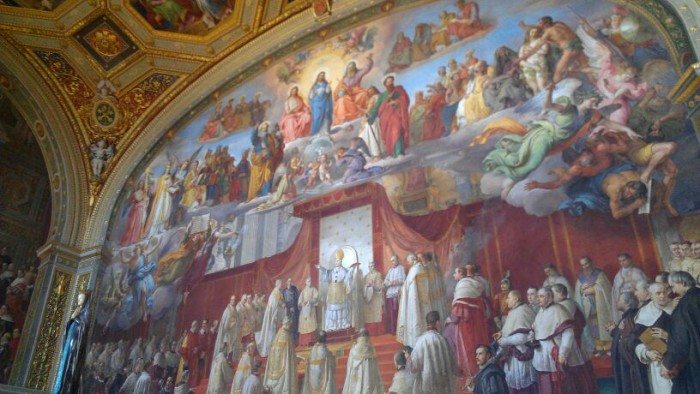
Tip: Buy your Vatican tickets online to skip much of the lines.
Sistine Chapel
Sistine chapel, inside Apostolic Palace, is one of the most popular sights in The Vatican. The official residence of the Pope and Vatican City, its grand ceiling is a sight to see. The ceiling, which measures 10,000 square feet, was painted by Michelangelo and commissioned by Pope Julius II.
Every segment of the ceiling has its own story. If you are not familiar with bible stories, then you can follow a map of the ceiling or a tour guide to know what that paintings depict.
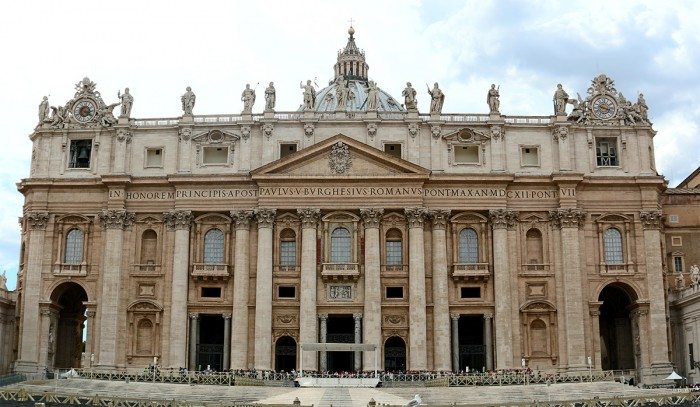
Saint Peter's Basilica
Also called Basilica di San Pietro, it is the world’s largest Christian church. Construction of the present basilica, replacing the Old St. Peter's Basilica of the 4th century AD, began in 1506 and was completed on 18 November 1626.
With the stunning architecture and the burial site of its namesake Saint Peter, one of the twelve apostles of Jesus, it is regarded as one of the holiest Catholic sites
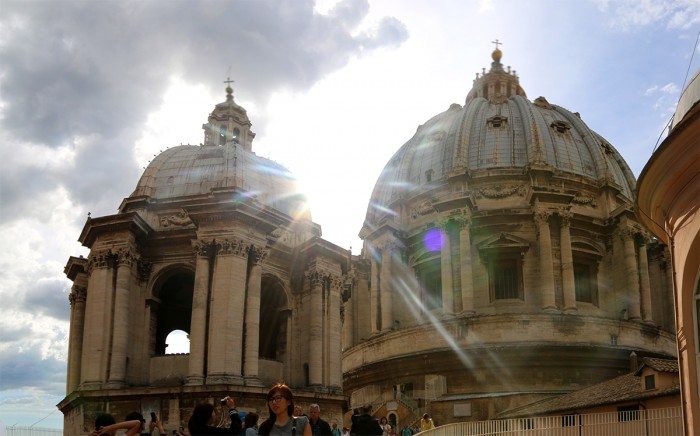
Tip: Free to enter. The long lines to get past the metal detectors are unavoidable.
Climbing Saint Peter's Basilica Dome
Instead of only seeing Saint Peter's Basilica from the ground, feel the adrenaline rush and climb your way to the top. This climb is no easy feat at over 500 narrow winding steps if you opt to take the elevator part of the way up, or over 800 steps from the ground to the top. Don't think you're claustrophobic? You might think again once inside and walking around a seemingly never ending circle of stairs.
Your reward for making it to the top is panoramic views of the city, and knowing you made it!
Tip: After entering Saint Peter's Basilica, head for the line on the right side to reach the entrance for the dome climb. There is an entrance fee which is small in comparison to the priceless experience.
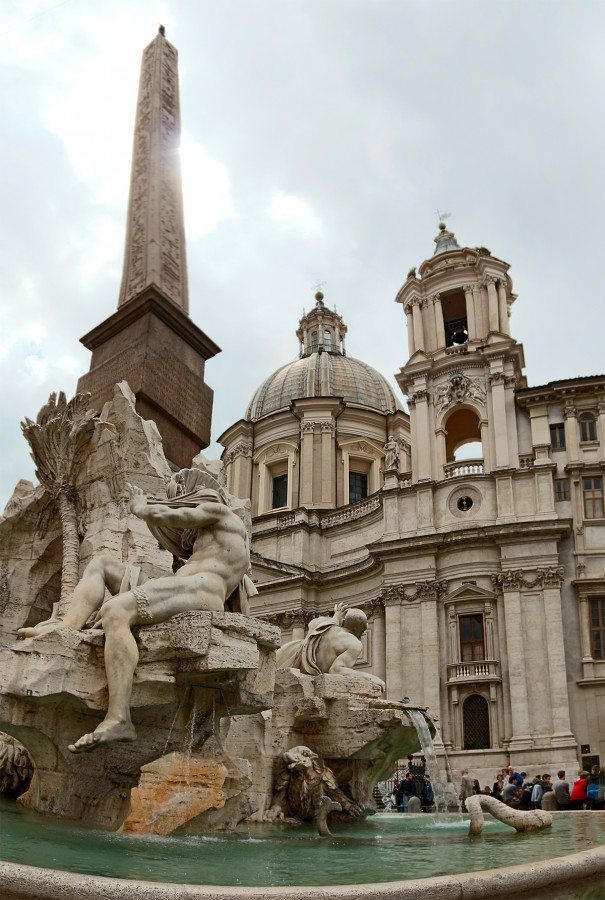
- Navona Square
Navona Square
Navona Square is a lively place in Rome where one can find great restaurants. Gelato houses are also scattered around the place where one can have some refreshments on a hot summer day. At the centre of the square are three baroque fountains with the Fountain of Four Rivers as the centre piece designed by Bernini.
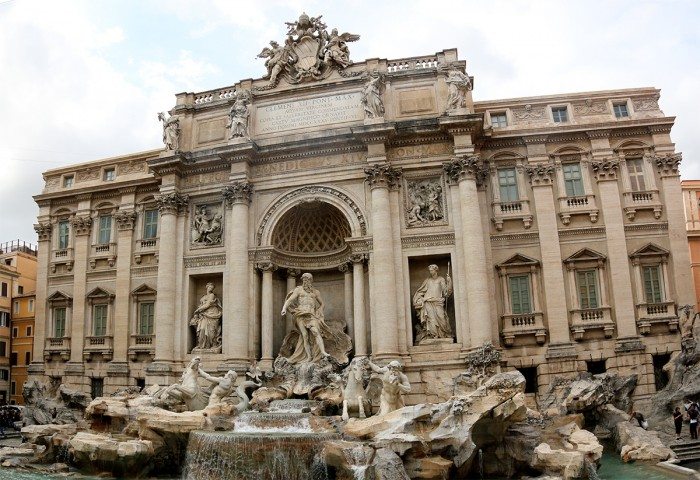
Trevi Fountain
Probably the most famous fountain in the world thanks to appearing in the movie La Dolce Vita, this grand Baroque fountain stands out at 161 feet wide and 86 feet high. The fountain has been rebuilt and redesigned countless times. The design being enjoyed today is Nicola Salvi's which was started in 1732 and completed 30 years later although Salvi did not live long enough to see the finished product.
Don't forget to toss in a coin to make sure you return to Rome!


We recommend the Lonely Planet Italy travel guide and Lonely Planet Italian Phrasebook & Audio for anyone that doesn't speak Italian.


